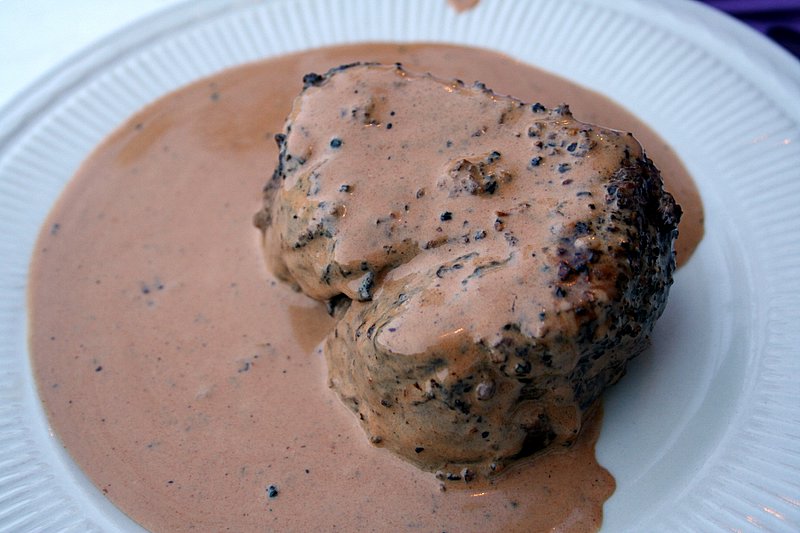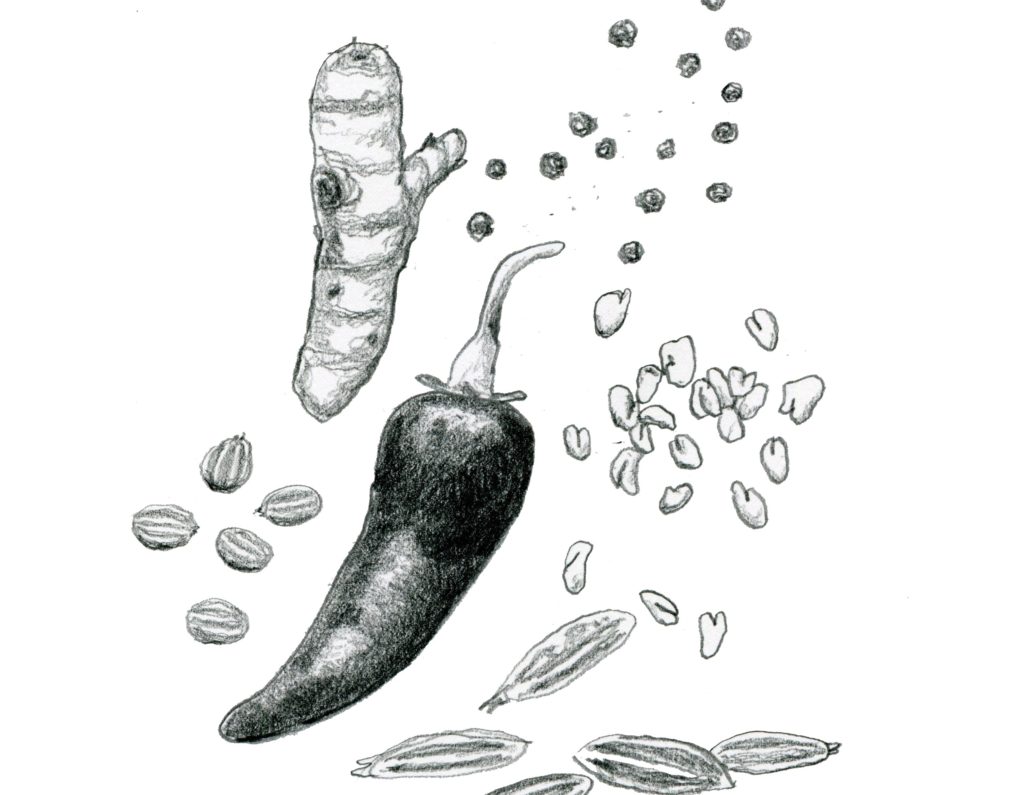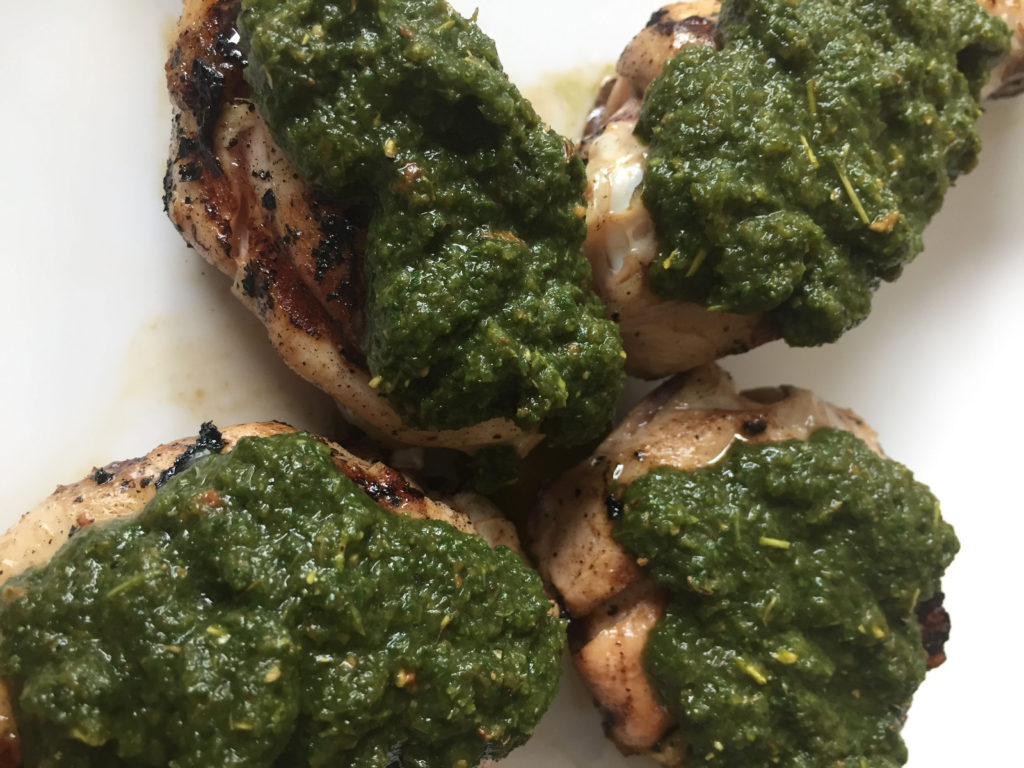 Barrida, an herby-chicken dish.
Barrida, an herby-chicken dish.
This is a special guest post from Intern Andrew! We just wrapped working together for the past five months, and as a result, he’s launched a new blog: Pass The Flamingo, which focuses on ancient cuisine. Read on to learn more about a unique recipe from the Islamic world.
Over its long history, the Arab world has become a unique crossroads, the site of centuries of influence and exchange between cultures indigenous and foreign. One example of this influence is in foods like barida: an Islamic-era chicken dish that carries on the traditions of Ancient Rome.
Much of what we now call the Arab world was at one time also the Roman world. In the third century BCE, two great rival nations stood on opposite shores of the Mediterranean Sea: the Roman Republic and the kingdom of Carthage. A century later, Carthage was no more and Rome had overtaken its territory in Spain and North Africa. From there, Roman power would swiftly circle the coastline as the Romans conquered first Syria, then Egypt, then the Levant. By the first decade of the first century, the Romans ruled every land touched by Mediterranean waters.
Wherever Roman power extended, so did Roman culture. The Romans introduced their gods, language, laws and food to every land they conquered, while also picking up new habits and customs from the people of those lands. One of the ways this history shows itself most clearly is in food. Reading the book Medieval Cuisine of the Islamic World by Lilia Zaouali (2009), I was struck by the various similarities between Ancient Roman cuisine and the cuisine of the medieval Arabs, Berbers and other North African and Middle Eastern peoples.
One of the most central ingredients in Roman cuisine is the fermented fish sauce garum. Savory, salty and rich in B-vitamins, garum is used in almost every Roman recipe. Zaouali describes a fermented sauce called murri as essential to medieval Islamic cuisine. In its role in cuisine as well as its flavor and nutritional profile, murri is identical to the garum of Ancient Rome, except for one key difference: garum is made from fermented fish, and murri from fermented barley (although Zaouali also records a variant made with grasshoppers). Some scholars believe murri evolved directly from Roman garum, connecting the name to Latin salmuris, which means “brine”, or to muria, one of the byproducts of garum production. Zaouali connects both sauces to a common origin in the ancient Middle East; perhaps analogous to soy sauce and fish sauce in Asian cuisines, which also diversified from a common point of origin.
The first Arabic-language cookbook, Kitab al-Ṭabīḫ (The Book of Dishes), was written in 10th-century Baghdad by Ibn Sayyar al-Warraq. Sarah has made several dishes from this book, including a chicken wrap, a lamb stew, and a roast chicken with a savory pudding. You can read about them here. The Book of Dishes features a number of recipes for barida, chicken or fish topped with a complex sauce of spices and herbs that is prepared separately from the meat. Al-Warraq traces barida to the 8th-century ‘Abbasid caliphate, based in Baghdad, but the distinctive techniques and combinations of ingredients are far older, with roots in Roman North Africa and other places with a long history of cross-cultural exchange.
Typical ingredients in the sauce poured on barida include Roman favorites: dates, caraway, cumin, coriander/cilantro, asafetida, rue, pomegranate and pepper, with murri standing in for garum. The spicy-sweet-bitter flavor profile as well as the serving and preparation call to mind the 3rd-century Roman cookbook Apicius, including one of its most memorable entries, a recipe for a whole, roasted flamingo. When I recreated that recipe for my ancient food blog (which takes its name, Pass the Flamingo, from that particular experiment), I had to compromise by using a duck, but I managed a pretty faithful interpretation of the main element of the dish: a thick sauce of many ingredients, sweet and intensely spiced, prepared separately from the meat and poured on top for serving.
It’s worth noting that many of these ingredients popular among the Romans are actually native to the Middle East and North Africa (including flamingo itself). Although the influence of Roman cuisine on later Medieval Arab cuisine is apparent, it is less clear with whom these recipes and techniques truly originated. Was it Romans who adopted foreign influence into their diet, or non-Romans who adopted Roman influence–or both?
The Recipe
Out of several barida recipes in Zaouali’s book, this one caught my eye largely because it includes the herb elecampane, which I had never had the opportunity to use before (more on that below). Zaouali includes a translation of al-Warraq’s 10th century original:
Cold Chicken With Spices and Herbs
Take some vinegar and murrī and in them macerate coriander [seeds], Chinese cinnamon, pepper, dried and fresh thyme, cumin, caraway, fresh coriander [cilantro], mint, rue, celery, the pulp of a cucumber, and elecampane. Put everything in a grinder, mix, and pour over the grilled chicken.
Some notes on the ingredients:
- I inferred that the recipe calls for celery leaves, which are often used as an herb in Roman recipes. They have a similar flavor to the stalks.
- Per Zaouali’s suggestion, soy sauce will substitute for barley-based murri. The flavor is said to be similar, but I also noticed strong similarities between the process for making murri as described by Zaouali and the traditional process for making soy sauce. In both cases, a cooked grain is shaped into cakes, allowed to air-dry and rot, and then sealed up with water and salt to ferment. A lot of modern soy sauce brands even contain barley or wheat.
- I wasn’t quite sure which part of a cucumber constitutes “the pulp”–just the flesh? Just the seeds? I decided to go with both.
- “Chinese cinnamon” is an old name for Cinnamomum cassia, the species commonly called “cinnamon” in the USA.
- Elecampane is a species of sunflower with an edible root. It has many other names, all of which make it sound like it belongs in a Shakespearean witches’ brew (horse-heal, scabwort, elfdock, yellow starwort, etc). I managed to find some of the dried root at Kalustyan’s in Manhattan, my go-to stop for spices and herbs from around the world. In case you were wondering, elecampane tastes extremely bitter and smells like wood chips, specifically those wood shavings you put in the bottom of a hamster cage. The package I bought says “not been evaluated by FDA.” I think it was meant to be made into tea.
- Rue is another bitter herb that was popular in ancient times. I have some dried rue that I ordered online and have used in many Roman recipes. It’s worth being cautious about, as some people are allergic. Dandelion leaves would be a good substitute for both rue and elecampane.
Below is the recipe according to the procedure I followed:
Ingredients:
4 chicken legs (skin on)
Pinch of salt
½ cup white wine vinegar
½ cup soy sauce
1 small cucumber, peeled and cut into chunks
About ½ of cup each of the following fresh herbs, loosely packed:
Thyme
Cilantro
Mint (any variety)
Celery leaves
½ teaspoon each of the following:
Black pepper
Dried thyme
Cumin
Cinnamon
Coriander seed
Caraway seed
Dried elecampane
Dried rue (Substitute a couple of fresh dandelion leaves for the elecampane and rue, or leave out)
- Season the chicken legs with a little salt on both sides and cook them on a stovetop grill over medium-high heat. When they are finished, remove and allow to cool to room temperature.
- Using a food processor or mortar and pestle, grind all the dry ingredients into powder. Then add the other sauce ingredients and continue to grind until you have an even green paste.
- Spoon the sauce over the pieces of cold chicken and serve.
The Results
Barida is explicitly described as an appetizer served cold. At first that sounded unappetizing to me, but I can only guess that the low temperature is necessary to keep the herbs in the sauce from being cooked by the heat of the chicken. In the end, I was really pleased with how this recipe turned out. The sauce has a bright flavor from all the fresh herbs; the soy sauce provides all the necessary salt, and the pureed cucumber balances out the acid from the vinegar. There are so many other ingredients that I couldn’t taste each of them individually, and I’m still skeptical about the inclusion of both dried and fresh thyme, which I’ve never seen in a recipe before.
The bitterness of the elecampane is hard to shake, and it was the last flavor I tasted in the sauce. Bitter as a flavor seems to have been much better-appreciated in ancient times than today. If the bitter ingredients were taken out, I wouldn’t be surprised to find something like this on a modern menu.

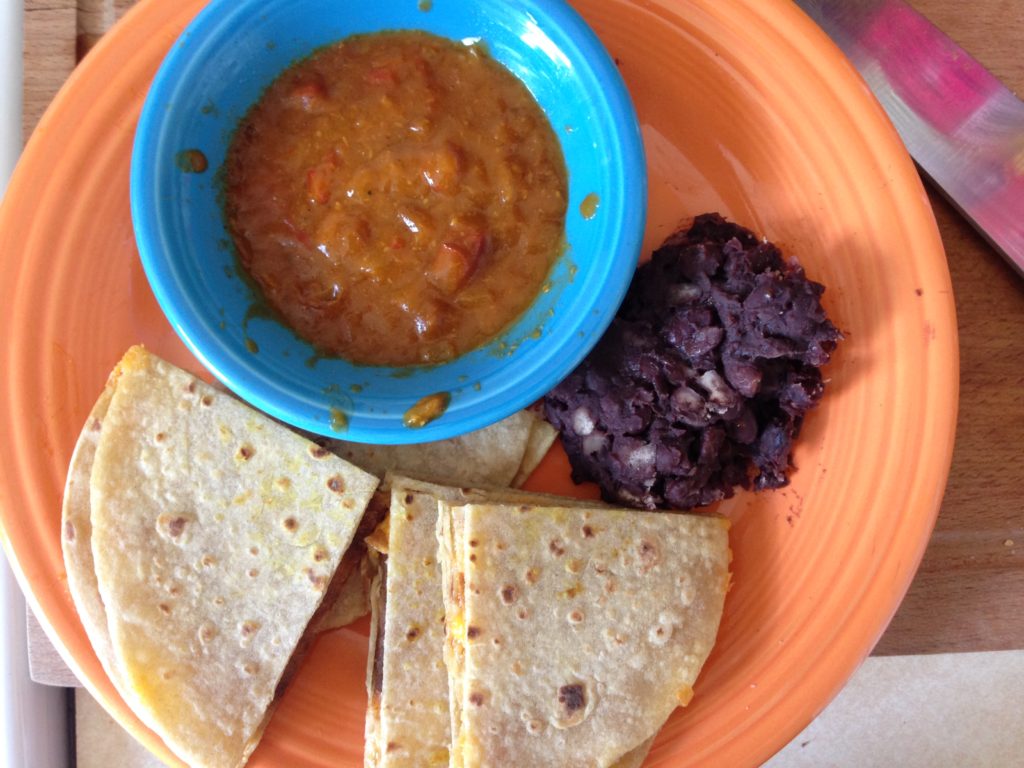
 Roti Quesadilla
Roti Quesadilla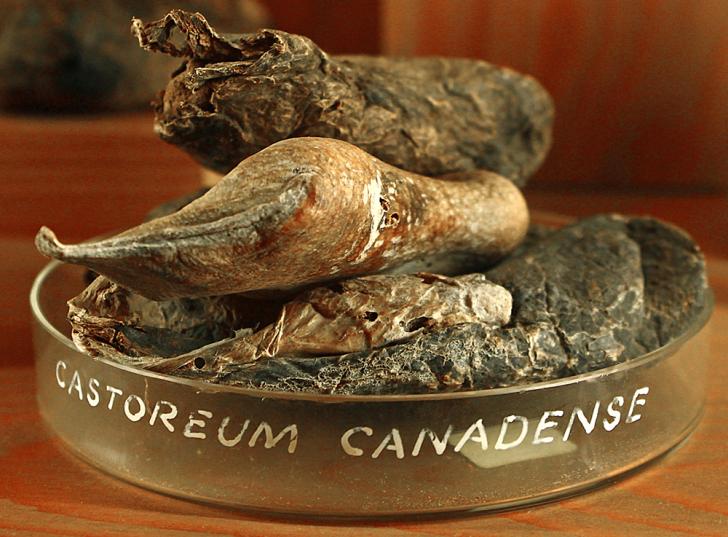

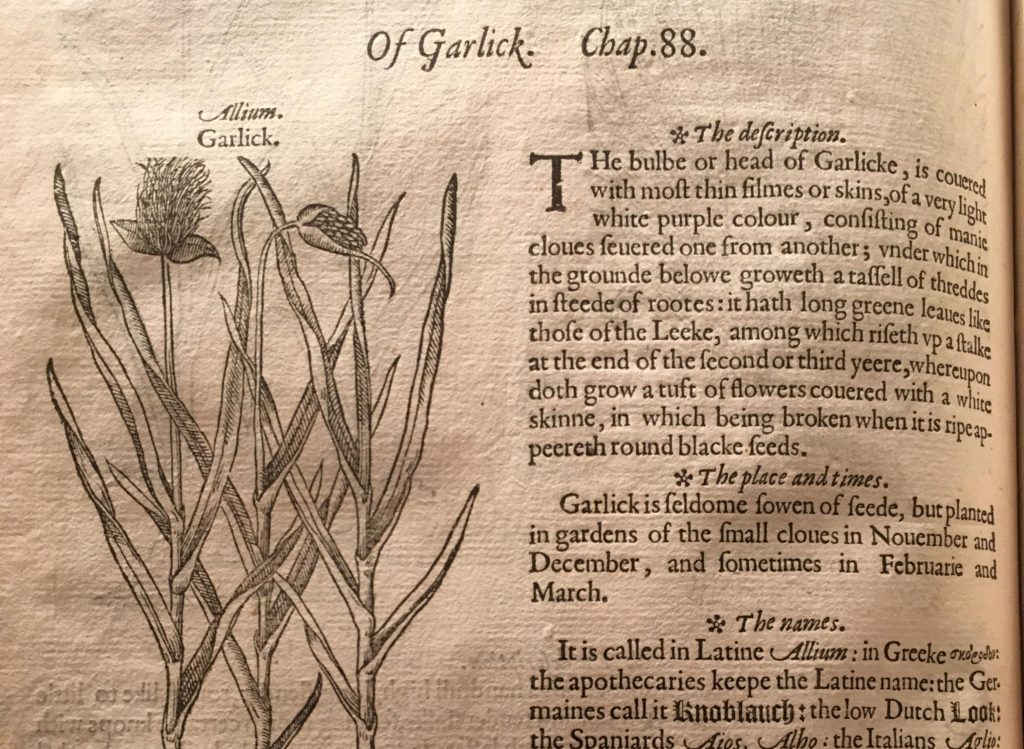


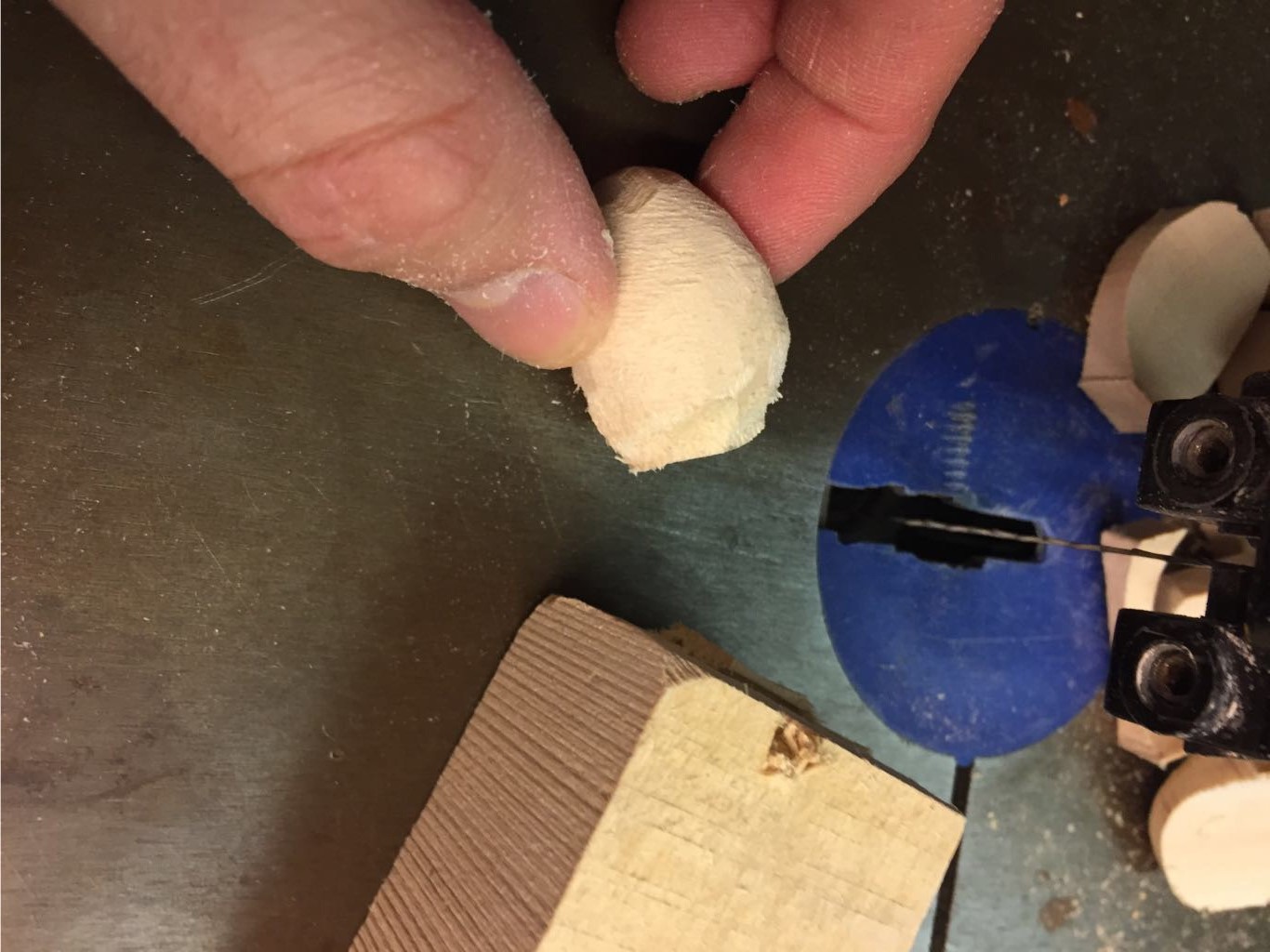
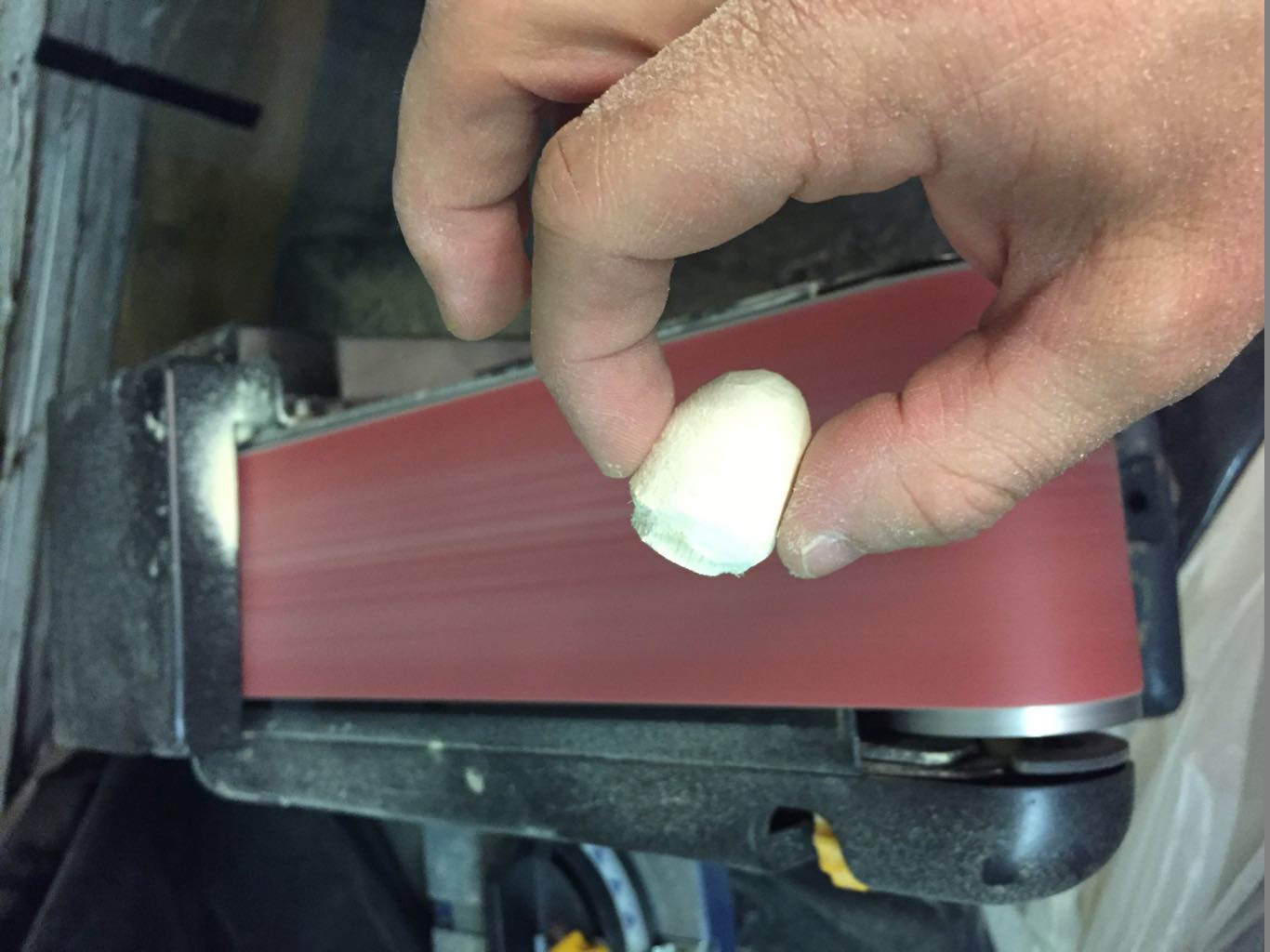


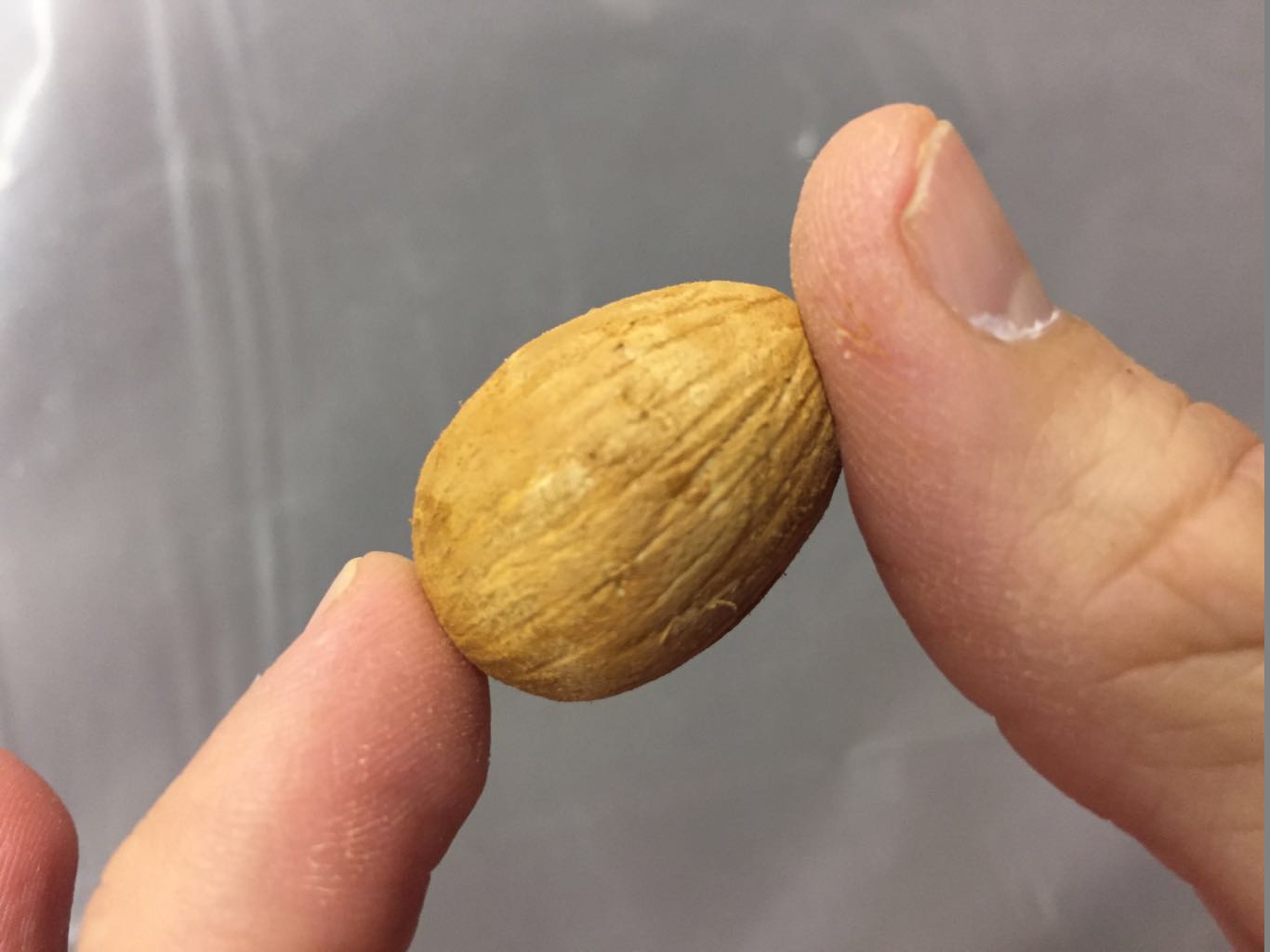
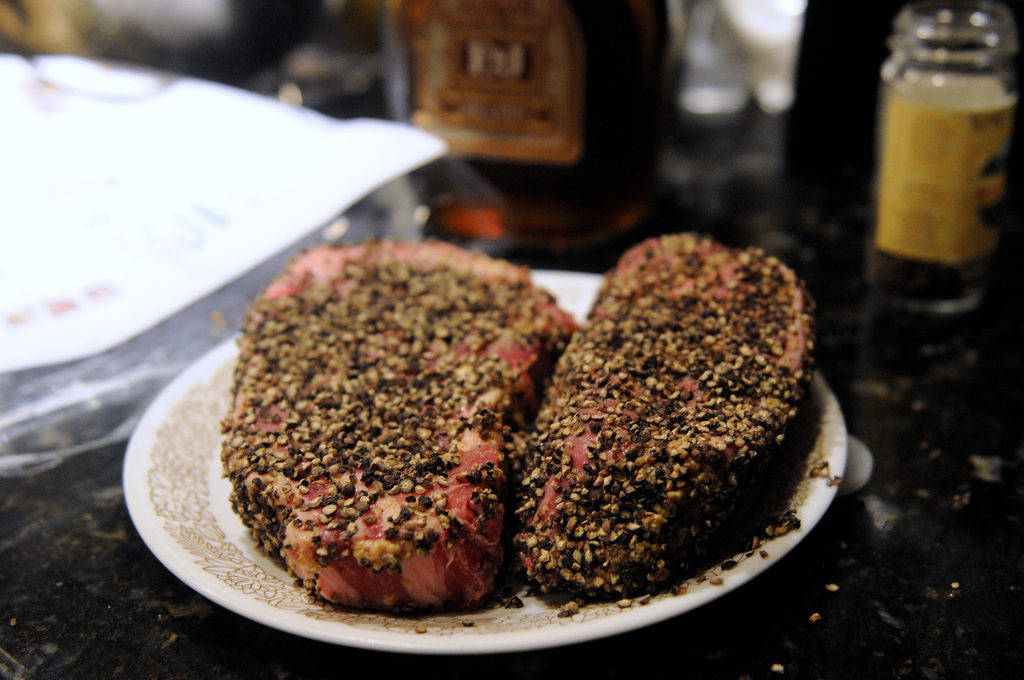
 Julia Child.
Julia Child.